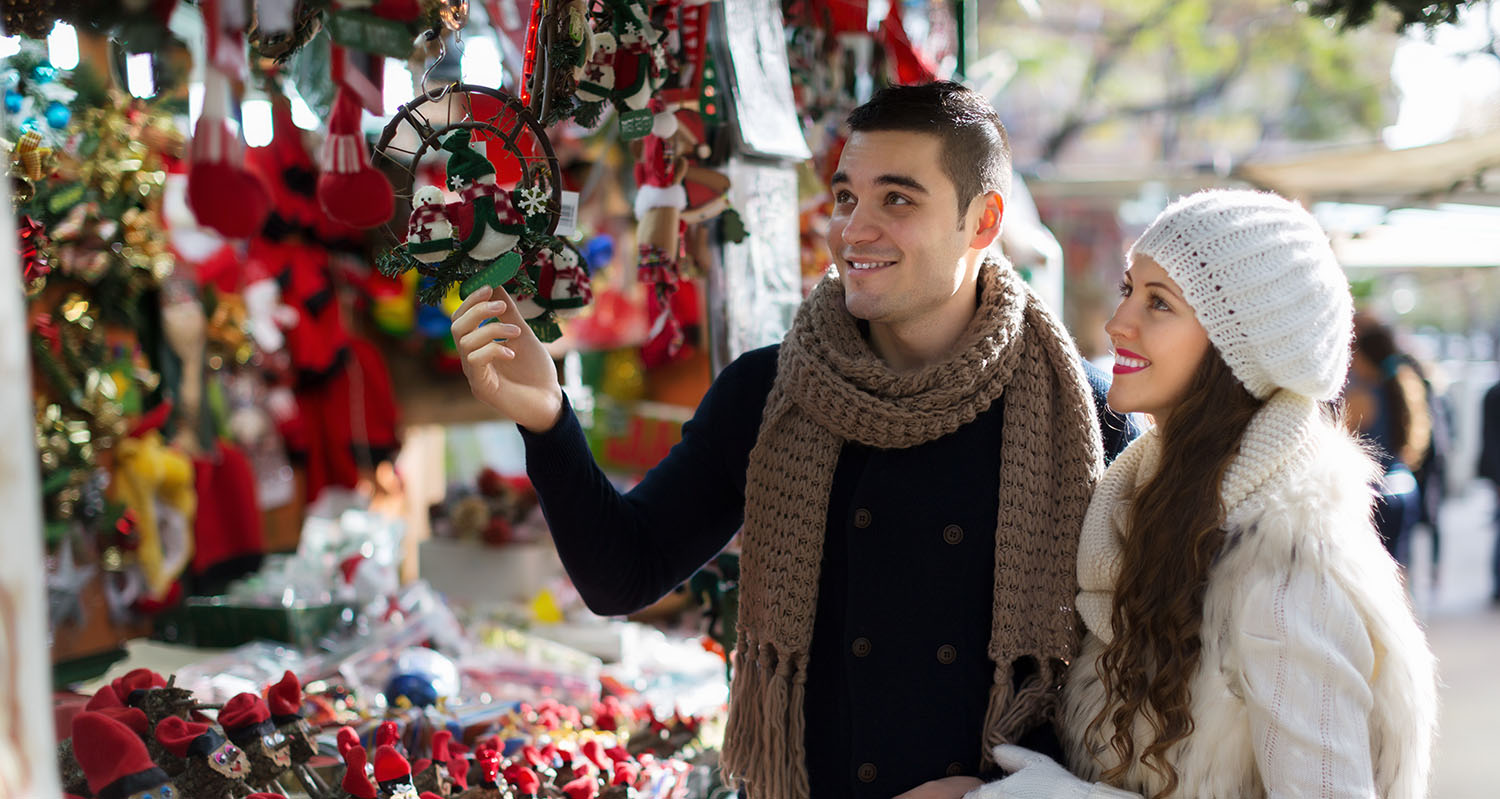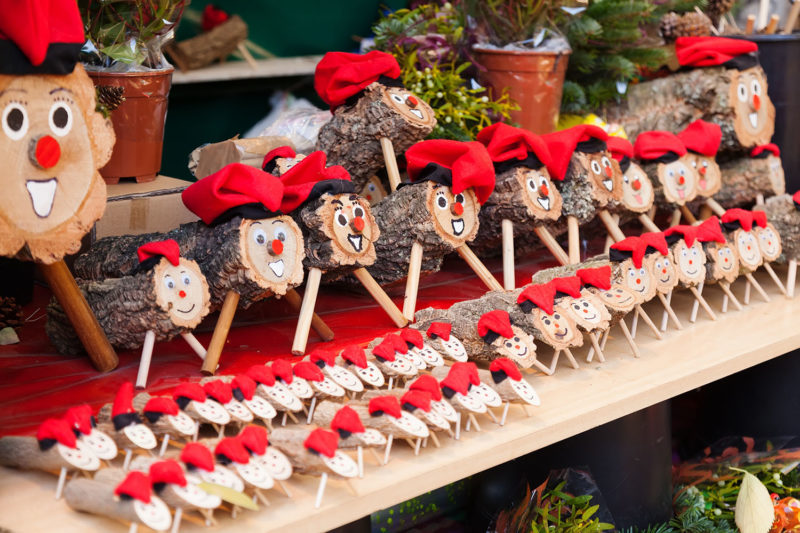

The secrets hidden in the Santa Llúcia Fair
We have to go back to 1736 for the first record of the existence of the Santa Llúcia Fair. Not even a calamity such as the terrible yellow fever epidemic that struck Barcelona in 1860 has ever spoilt the event.
There are many curious details about the market. In the past, for example, the Santa Llúcia Fair was known as “the girls’ fair”, because many single women went there and it was believed to be a good place to arrange a marriage. The girls from the surrounding villages, accompanied by their mothers, would go well-dressed and jewelled to make themselves seen and win suitors.
As the historian Joan Amades recalls, in the 19th century the market was organised on just three days and in different places in the historic centre of the city: for the Puríssima and Santa Llúcia, in the Plaça de la Catedral; and for Sant Tomàs, in the Plaça del Pi, in the Plaça de Sant Josep Oriol and in the Plaça del Born. At these fairs, figures, booths and other constructions for the nativity scene, such as fountains, wells and windmills, were sold. On the other hand, natural elements, such as moss and cork, were sold at what was known as the Green Fair, which was located on the steps of the cathedral. The passion for the nativity scene meant that the two grew so much that they ended up merging.
The Santa Llúcia Fair, which is held between 25 November and 23 December, has changed a lot and nowadays has around 270 stalls. However, because of the pandemic, the number has had to be reduced by half. Years ago, the stands were set up on a wooden platform with two shelves and a small awning. Now, they are all wooden constructions, much better equipped. Without a doubt, the Santa Llúcia Fair is one of the most deeply-rooted traditions in the city.
The great love of nativity scenes in Catalonia has produced a good number of renowned craftsmen, some of whose works are on display at the Museum of History of Barcelona and the Museum of Olot. Other figures are to be found in private collections or have disappeared with the passing of time and wars. At this type of fair, it is common for families to buy a figure or a natural or landscape element each year and, little by little, they complete their own particular nativity scene.
11Onze is the community fintech of Catalonia. Open an account by downloading the super app El Canut for Android or iOS and join the revolution!
If you liked this article, we recommend you read:
 Culture
CultureThe Protestant origin of the advent calendar
1 min readThe winter season is here and with it we welcome the advent




Molt bona explicació de l’origen i trajectòria d’aquesta fira tan important per a Barcelona.
Celebrem que t’hagi agradat, Joaquim. Moltes gràcies pel teu comentari!!!
Molt bé Beth,saber de les nostres tradicions es conèixer el nostre país
Gràcies, Alícia pel teu comentari, les tradicions són importants per mantenir viva la nostra cultura!
Ok 👍
Gràcies, Josep pel teu comentari! Ens veiem per La Plaça
Saber més del país ens fa millors. Gràcies
I tant Francesc! Gràcies pel teu comentari
Gràcies per fer-nos coneixedors de la història d’aquesta fira.
Gràcies, Manuel pel teu comentari!!
👌
Gràcies, Joan!!!